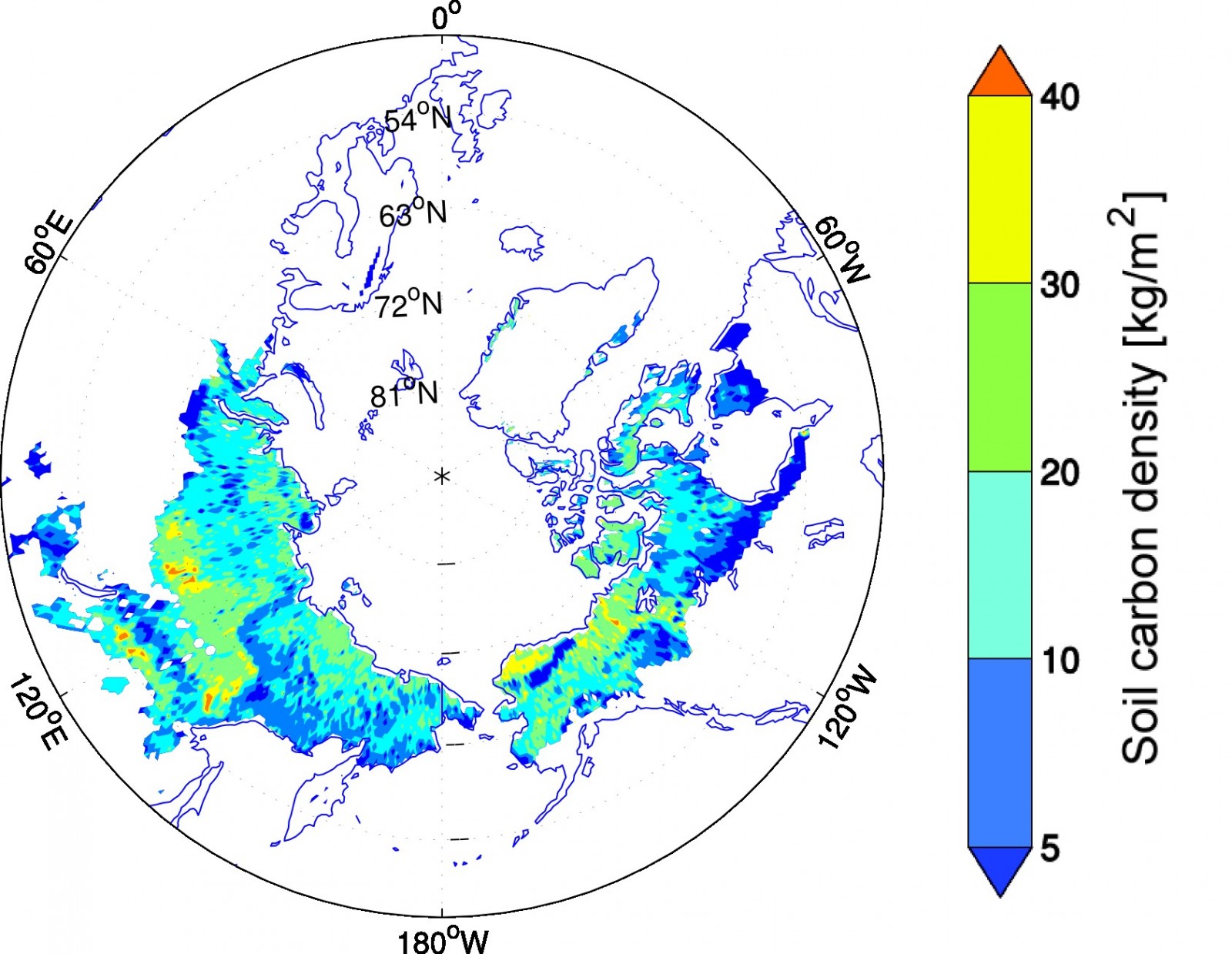
Ice sheets and glaciers are very visible and much photographed (e.g. here) elements of the Cryosphere but what about the vast, invisible and buried parts? Around a quarter of the land in the Northern hemisphere remains frozen year round, making up a hugely important part of the cryosphere known as permafrost. Permafrost largely exists at high latitudes (e.g. Siberia and the Canadian Arctic) and these areas store a huge amount of carbon, around twice as much as currently exists in the atmosphere. As the global climate warms these frozen areas of ground begin to thaw (Figure 2) and the trapped carbon is released into the atmosphere in the form of CO2 and methane – both greenhouse gases.
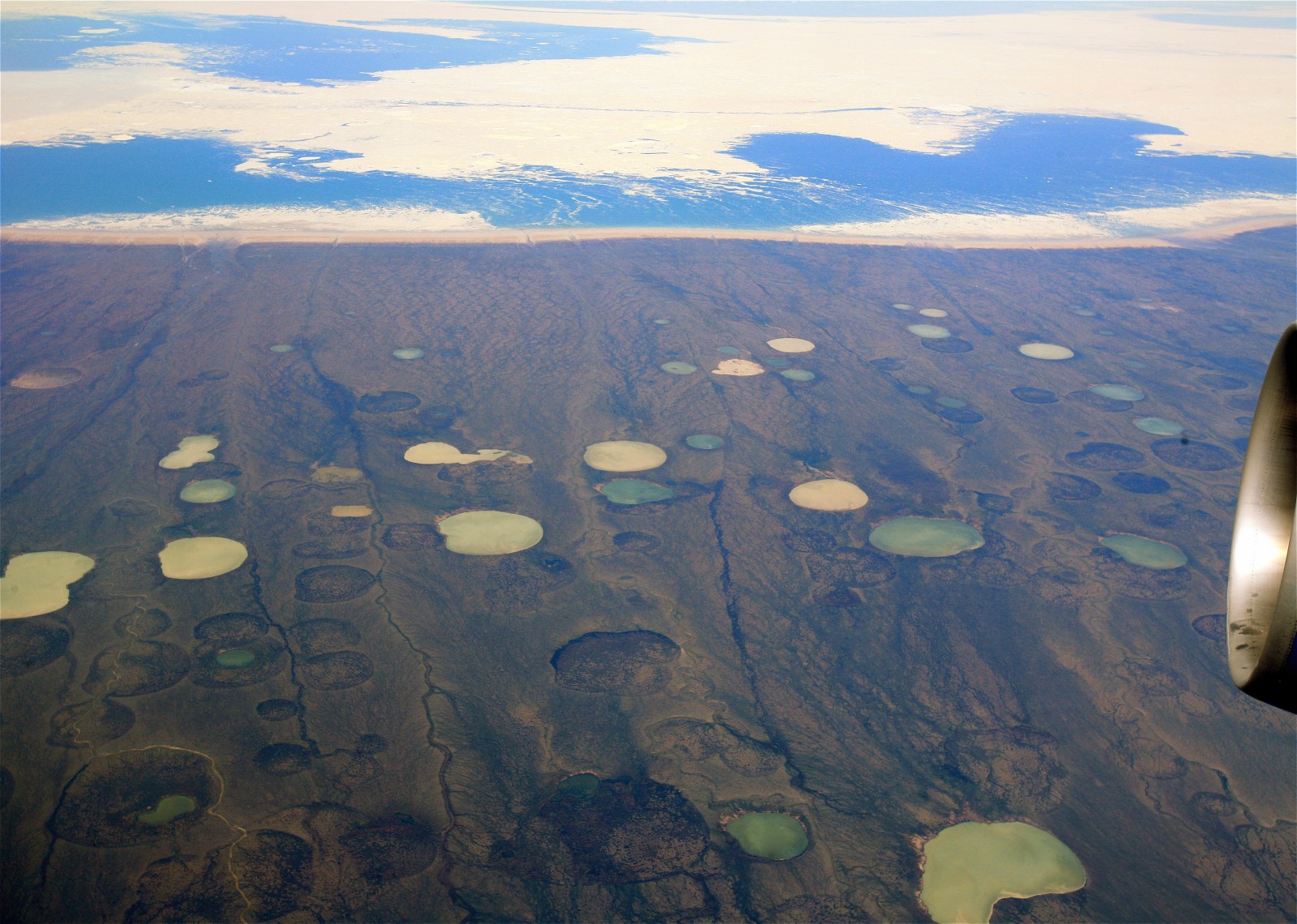
Figure 2: Permafrost thaw ponds in Hudson Bay Canada (taken from Wikimedia )
In order to better understand how and when this carbon will be released computer models known as land surface models (LSMs) are used. The estimates of carbon emissions produced by different LSMs vary greatly and many of the models are not yet able to accurately re-produce present day measured soil carbon levels well. A new study by Jafarov and Schaefer (2016), published last month in The Cryosphere, has improved the way frozen organic carbon is represented and simulated in the SiBCASA LSM, producing a simulated present-day soil carbon map (Figure 1) which is much closer to the known soil carbon map of the Northern Hemisphere (NCSCDv2). Both the spatial distribution of carbon and the total amount of simulated permafrost carbon (∼560 Gt C, much closer to the observed value ∼550 Gt C) is improved.
This is a step closer to better understanding permafrost carbon release and the factors that effect it. The authors of this study found they were able to make these improvement to the SiBCASA LSM by improving simulated thermal dynamics of the soil, improving soil carbon dynamics and initializing the model using NCSCDv2 data.
To find out more check out the full article and remember, it’s not just the ice your eyes can see that is important!
Edited by Sophie Berger and Nanna Karlsson

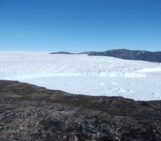
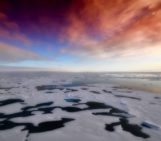
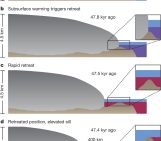
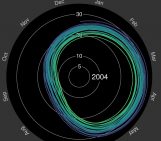
Pingback: Cryospheric Sciences | When Cryospheric Research Transforms Lives
Pingback: Cryospheric Sciences | Climatic drivers of permafrost mounds in North American peatlands
Pingback: Cryospheric Sciences | Did you know that thawing permafrost is impacting Arctic livelihoods already today?